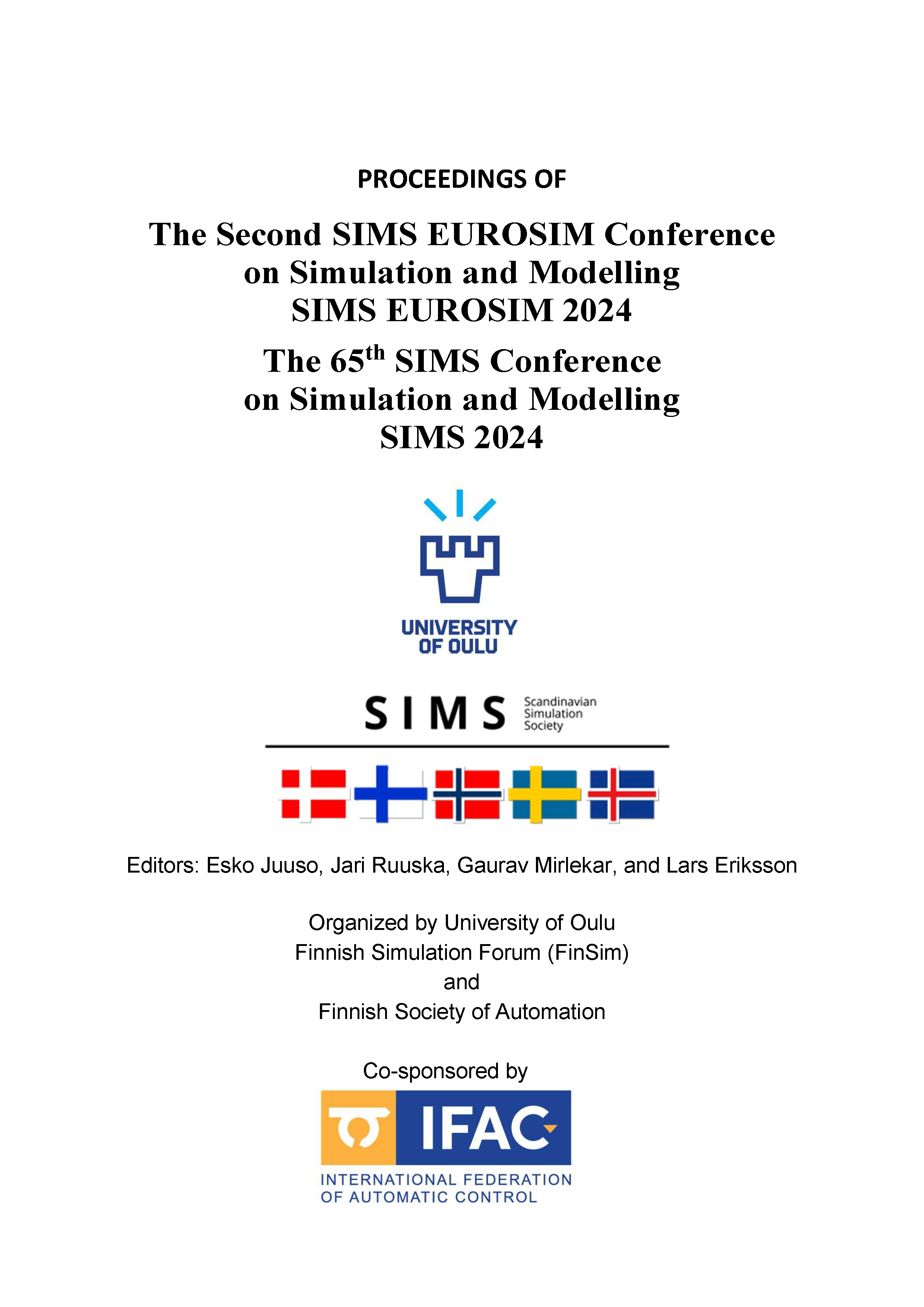Driving force model for a real-time control concept of a hybrid heavy duty vehicle
DOI:
https://doi.org/10.3384/ecp212.049Keywords:
ElectrificationGreen transitionModel Predictive ControlModel Based System EngineeringSystematic Machine DesignAbstract
The electrification of heavy vehicles and work machinery is developing rapidly. The main motivators are green transition and requirements from the customers. In Finland, there are many hightech market-leading companies in this segment. Mass-produced equipment and machines are suitable for general applications and thus tailoring design for specific conditions and/or needs results in better productivity and efficiency. In heavy electric vehicle applications, the challenge is to make new products economically viable and configure them to meet customer needs. In these applications, the number of solutions is an order of magnitude higher than in traditional mechanical solutions. However, electronic solutions enable new features and energy efficiency improvements to have measurable benefits in the application. The research investigates the effects of electric axle solutions for hybrid heavy duty vehicles. Modelling and simulations consider both the effects of engine and usage of battery charge and surroundings of vehicle, for example road profile, traffic, outdoor temperature, and friction. A system level model of a vehicle has been utilized to simulate its longitudinal dynamics interacting with estimated surroundings followed by model-based control. The planned route can be made further favorable by utilizing real-time model predictive control (MPC) receiving online data from changing conditions. MPC gives new suggestions for optimal battery usage based on deviations from the best matching model from a database. Control strategy is important when considering economic benefits for a hybrid heavy duty vehicle with a high degree of freedom in system design.Downloads
Published
2025-01-13
Issue
Section
Papers
License
Copyright (c) 2025 Jari Ruuska, Aki Sorsa, Isa Banagar, Perttu Niskanen, Amin Mahmoudzadeh Andwari, Mika Ruusunen, Emil Kurvinen, Juho Könnö

This work is licensed under a Creative Commons Attribution 4.0 International License.

